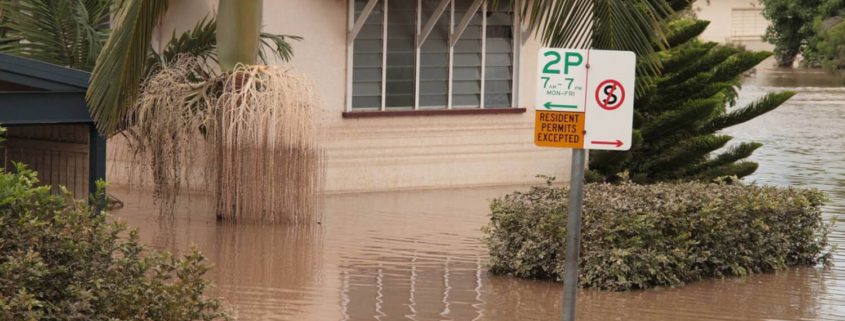Dealing With Flood Cleanups Maryborough
After wild winds and historic rainfall, people in Maryborough faced electrical failures as well as food and fuel shortages. The storms also pummelled the low lying area, causing widespread problems and flash flooding that shut down the world’s largest public transit system.
Renters and homeowners in coastal areas and inland regions faced the same problem after excessive rainfall: How do you clean up after so much water? This is also something millions of Australians deal with almost every year during hurricane season, along with other natural disasters that lead to widespread flooding.
When you see signs of flooding in your home such as active water on the floor or water stains up the walls, it can be shocking. Yet it is important to accept that your landscape has changed and to know that it can be fixed by a flood cleanup professional.
Switch Off Utilities Before Dealing Flood Cleanups
After a flood, turn off the electricity and gas before dealing with more than 2 inches of standing water in your home.
If you can safely access the main electrical service panel without stepping in the water, turn off power to the entire property. If not, call an electrician. When water is in an area with gas-powered appliances, like the furnace or water heater, call the gas company to turn off the gas. If you smell gas, a pilot light may have gone out and you must leave your home immediately. Gas companies require that you contact them first if there is a gas leak.
Wear Protective Clothing & Use Proper Equipment
According to the Environmental Protection Agency, personal protective equipment such as a well-ventilated mask with a particulate filter like an N95 and eye protection without holes should be worn when doing flood cleanup.
The Naked Maintenance Man advises wearing long pants and sleeves, rubber boots and gloves when cleaning up mold to avoid direct contact with the substance. If you have medical conditions such as asthma, allergies or other breathing problems, it’s important to discuss your cleanup plans with your doctor.
Remove Water Everywhere Possible
It is important to remove as much of the water as possible while remaining safe after a flood.
To remove water from your home after a flood, you can use a bucket or other container to carry water out. If there is only a small amount of liquid left, it can be removed with a wet/dry shop vacuum cleaner. Shovel out mud and debris while it’s wet so that it doesn’t dry into a crust in your home.
Once the water has receded and it’s safe to enter the home, begin by removing wet items such as drywall and insulation. Remove all wall coverings such as paneling and wallpaper. Also remove insulation up to the highest visible water line. All water and moisture should be removed up to the highest point the water reached, so check for any signs of rising water beyond that mark.
Sanitise & Clean Everything In Your Property
If something was in flood water, it needs to be discarded. Flood waters carry contaminated sewers and items that were in contact with flood waters for more than 48 hours may produce mould. This typically applies to books or other soft surfaces that cannot be sanitised.
To avoid the risk of contamination, it is recommended that you put items that may have come in contact with raw sewage, such as carpets, rugs and furniture, into plastic bags. Never place them directly in a trash can or on the sidewalk.
Take photographs of your belongings before discarding them, for insurance purposes and for your own peace of mind.
Clean every hard surface using a product that kills germs, such as bleach diluted with water. Cleaners simply remove dirt from surfaces, but sanitizing products kill bacteria like mold on surfaces that can develop after flooding.
To avoid slowing the cleanup process, try to buy larger quantities of cleaner at one time. A safety note: Never mix bleach with other cleaning products.
Do not sweep, as it can create dust. Instead, spray down the area with a water mixture and wipe up the dust with a cloth. Or use a shop vac to vacuum up the dust particles.
This should help you get started, but it is a large job and may require the services of a professional like Naked Maintenance Man.



Leave a Reply
Want to join the discussion?Feel free to contribute!